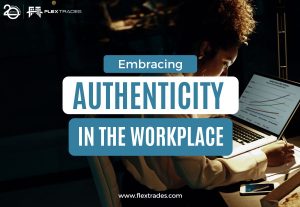Today is National Cheese Lover’s Day! As a result, our How It’s Made article is about the making of cheese!
Ingredients
- Milk
- Salt
- Starter Culture
- Rennet
These four ingredients are quite magical. Through the use of chemistry and processing operations they can come together in a wide variety of combinations!
How It’s Made
- First and foremost, we start with fresh, quality milk stored in a refrigerated tank at the farm then shipped to a processing facility for testing, weighing, heat treating, and pasteurization.
- For some cheeses, processors may add in more fat, cream, or protein, as well.
- The next ingredients added are starter cultures (good bacteria). This starts the pasteurization process. This ultimately determines the flavor and texture of the cheese. It also removes harmful bacteria found in raw milk and ferments natural sugar found in milk (lactose) into lactic acid.
- Different types of cheeses require different types of cultures.
- In this stage processors may also add color to the cheese (for example: orange coloring for Cheddar cheese).
- Next up is the rennet. This is a milk-clotting enzyme which coagulates the milk, making it more custard-like or gel-like in format than liquid.
- After dialing in specific times, temperatures, and humidity levels, our ingredients have now turned to curds (solids) and whey (liquids).
- A cutting step determines the end size of the curd.
- The smaller the curd, the more dry the cheese.
- When stirred and heated, curd releases the desired amount of whey. After this, one of two things happen:
- Curd and salt are pressed into form (like Cheddar or Colby cheese).
- The curd is pressed into a hoop then brined (like Mozzarella or Swiss cheese).
- Affinage is the final step for some cheeses. Affinage requires storing the cheese in a separate room, at very specific humidity levels and temperatures, for a certain amount of time. As long as 10 years in some cases!
It sounds simple, no? But it’s not. The equipment used, the recipes followed, and the determined parameters are part of a a very careful, scientific, and detailed process.
Want to see it in person?
For a visual of this process, take a look at this How is Cheese Made Video!
Now go celebrate National Cheese Lover’s Day with something cheesy!
Kim Mooney, Technical Manager & Coach








